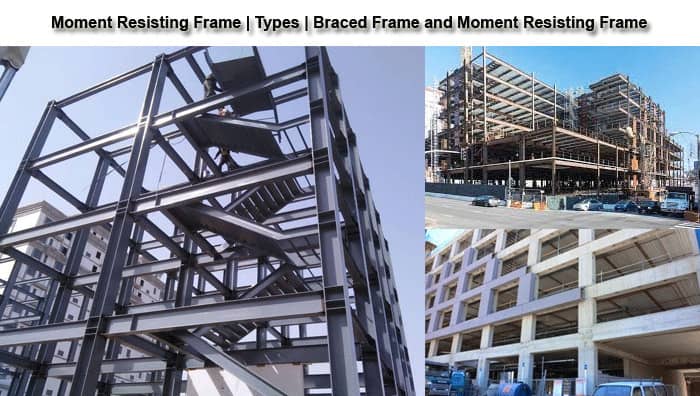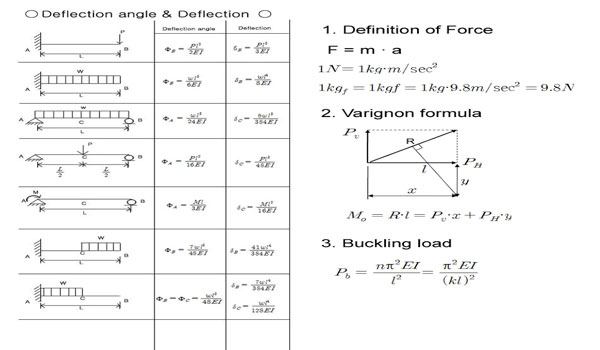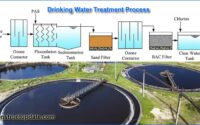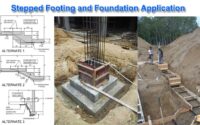What is Moment Resisting Frame | Types of Moment Resisting Frame | Difference Between Braced Frame and Moment Resisting Frame
What is Moment Resisting Frame?
The Moment Resisting Frame is an arrangement of rigidly linked beams and columns that is rectilinear in shape. Due to the development of bending moment and shear force in the frame’s people and joints, unbending frame activity mostly provides protection from parallel forces.
A moment frame cannot move horizontally under the unbending bar segment associations without bending the beams or columns depending on the arithmetic of the affiliation.
The primary sources of sidelong firmness and force for the entire frame are the bending rigidity and strength of the various members of the frame. The connections or linkages between columns and beams in moment-resisting frames are meant to be unbending.
These fundamental individuals are meant to be solid in bending since doing otherwise causes the columns and beams to twist during a seismic tremor. The shear pressures resulting from the construction should be countered as moments in the joints between the beams and columns because these frames are trusses without corner-to-corner supporting.
The next design is more forgiving than a truss with misaligned propping but is nevertheless used where such supporting restricts its use, i.e. at divider openings. Due to these additional requirements, which enhance these frames’ inelastic response characteristics, these moment-resisting frames are known as special moment frames.
Primary testing have demonstrated that with extremely high earthquake stacking, steel moment-resisting frames may exhibit amazing malleability and inelastic conduct.
Float restrictions typically dictate the strategy because these frames are frequently quite adjustable.

Types of moment resisting frame:
- OMRF: Ordinary Moment Resisting Frame
- IMRF: Intermediate Moment Resisting Frame
- SMRF: Special Moment Resisting Frame
1. Ordinary Moment Resisting Frame (OMRF)
A moment-resisting frame known as a “Ordinary Moment Resisting Frame” (OMRF) does not satisfy the unique detailed requirements for ductile behavior. A moment-resistant frame called a “Special Moment Resisting Frame” (SMRF) is specifically designed to exhibit ductile behavior.
2. Intermediate moment frames (IMFs)
When confronted to the stresses brought on by the design earthquake’s ground motion, intermediate moment frames (IMFs) are anticipated to endure small inelastic deformations in their members and connections.
3. Special Moment Resisting Frame (SMRF)
When confronted to the stresses brought on by the design earthquake’s ground motion, intermediate moment frames (IMFs) are anticipated to endure small inelastic deformations in their members and connections.
Braced Frame and Moment Resisting Frame Differences
How Braced frame is different from Moment Resisting Frame
- The beam-column joints are constructed using pin connections.
- Moments are not transferred through the connection.
- Braced frame structure analysis is simple and straightforward.
- Not labor intensive.
- Due to the pinned connection’s low cost and ease of construction and analysis.
- Provides the structure with effective stabilisation.
- Most steel and timber constructions are built using the braced frame approach.
- With the assumption that the bracing system can handle all lateral loads, beams and columns are solely examined under vertical loads.
- To offer resistance in both directions in plan and to provide resistance to torsion about a vertical axis, at least three vertical bracing planes are required.
- In comparison to moment-resistant frames, it is stiffer and has a lower deformation capacity.
How Moment Resisting Frame is different from Braced Frames
- The link between beams and columns is rigid.
- Through the link, moments are transferred.
- The examination of the relationship is rather intricate.
- It requires a significant amount of labour.
- Expensive to build.
- The stabilisation technique is not as effective as braced frames.
- Structures made with reinforced concrete automatically use moment-resistant frames.
- Under axial loads and moments, beams and columns are examined.
- Every connection is stiff.
- Compared to braced frames, moment-resisting frames are less stiff and have a greater potential for deformation.





